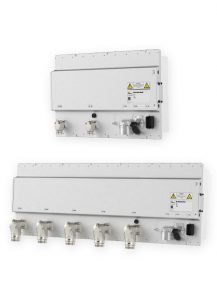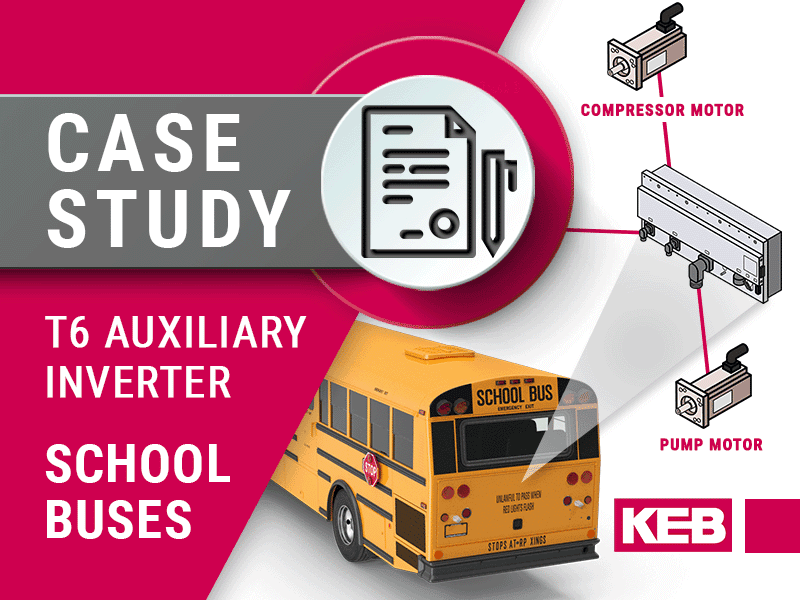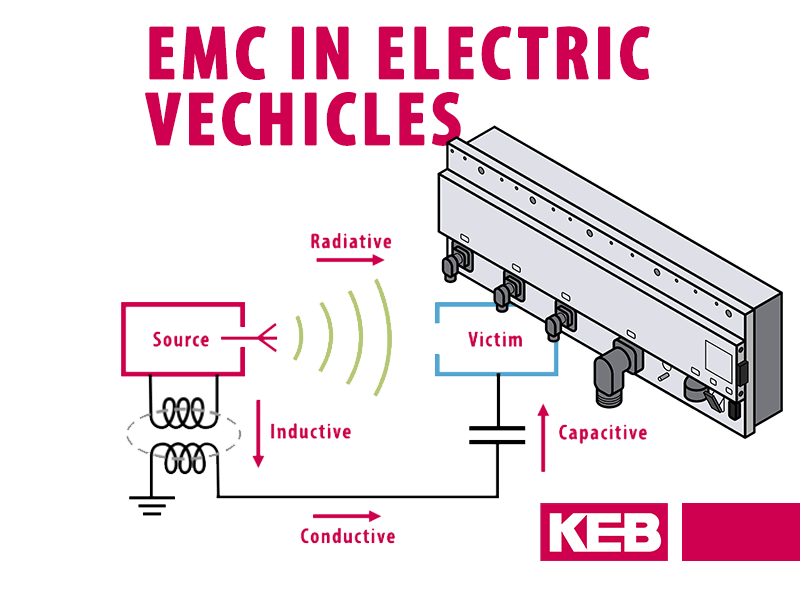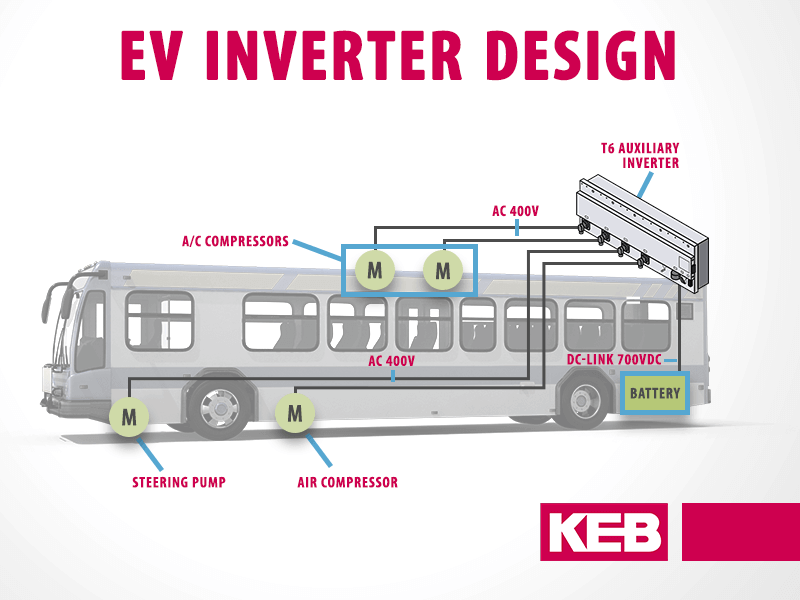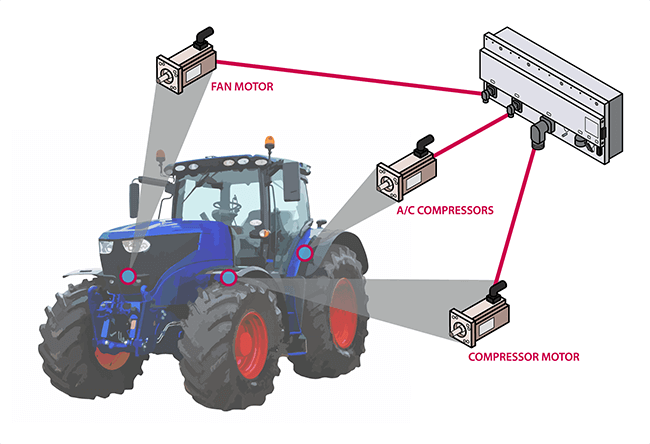Mining the Benefits with an All-in-One or Multi-Axis Auxiliary Inverter
The electrification of commercial fleet vehicles is rapidly gaining ground – even underground! The mining industry, with its underground mining vehicles, is an early adopter of fleet electrification and much like the transit and school bus applications have realized the valuable benefits of electrification.
For example, the electrification of mining equipment reduces ventilation requirements by eliminating vehicle exhaust, increases worker comfort by eliminating engine noise otherwise exacerbated by enclosed and cavernous spaces, and can provide better performance of hydraulically-controlled equipment.
In this article, I take a closer look at some of the unique auxiliary inverter features and how they benefit the electric mining vehicle design by addressing particular concerns related to space and weight, adaptability, and performance. Typical auxiliaries include a power steering pump, hydraulic pump, water pump, air compressor, AC compressor, fans, drills and e-PTO for loaders, haulers, bolters, and a variety of other underground and above-ground vehicles and equipment.
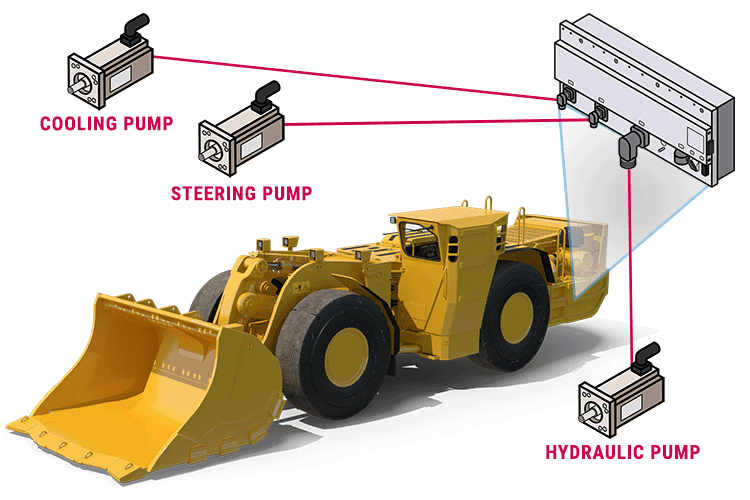
Saving Space and Reducing Weight
Space and weight are usually the top two design constraints of many mining vehicle applications. With multiple auxiliaries in the vehicle, each requires its own inverter control, but space and weight savings can be achieved with an all-in-one or multi-axis inverter design.
All-in-One Design for Electric Mining Vehicle Inverters
An all-in-one inverter is a “system” design that combines multiple inverters into a single housing compared to individual inverters for each auxiliary. The compact design eliminates redundant components, minimizes space requirements, and consolidates connections to reduce weight.
For example, an all-in-one, flexible design requires only one high-voltage DC supply cable and one set of liquid cooling connections. High voltage DC cables are not only heavy, large gauge wires, but also costly, and the multiple cooling connections create additional points of failure and add to the complexity of the coolant system. In addition to reducing space and weight, the all-in-one design also reduces cost and simplifies the system layout and design.
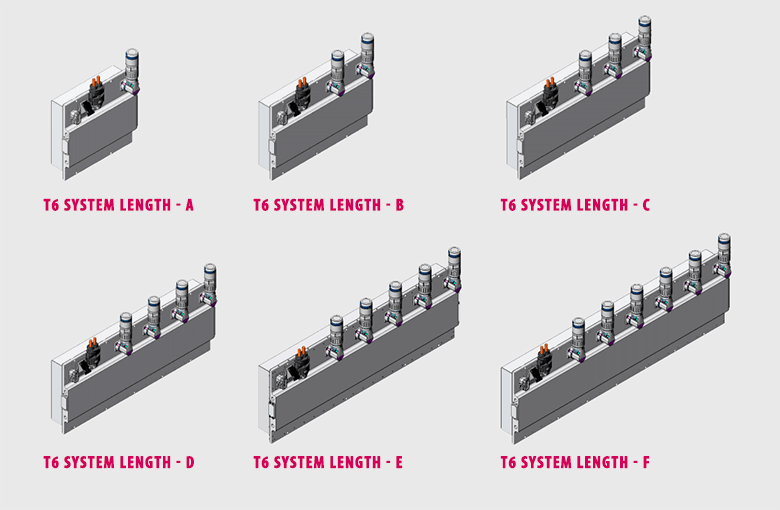
Adaptability
A second design feature I frequently see for mining vehicles is the ability to adapt the vehicle platform for various uses easily. This can be achieved with the flexibility offered by a modular and scalable system utilizing a uniform underlying design concept.
Modular and Scalable – flexible and adaptable system design
Another benefit of the aforementioned all-in-one system design is the ability to scale by adding inverter outputs based on the number of auxiliaries needed for the vehicle. Additionally, modular power options for each inverter output allow optimal sizing based on the auxiliary’s ratings. These features allow the designer full flexibility to easily add or subtract auxiliaries to the vehicle and adapt the platform based on the application’s needs. Furthermore, a uniform programming environment that supports multiple motor types (for example, induction, permanent magnet, and switched reluctance), makes it easy for the developer to integrate a wide array and mix of auxiliaries from multiple vendors on a familiar platform.
Performance
Electrifying auxiliaries with inverters “de-couple” the auxiliaries from the powertrain, allowing them to operate independently with “power on demand” for increased performance and reliability. In addition, sensorless motor control algorithms provide closed-loop speed and torque control response for optimal performance and energy-efficient operation of the motor.
“Power on demand” delivers increased performance and reliability
There is no need to worry about the ability to lift a full bucket when driving into a pile when the hydraulic pump is freed from a stalling engine. Rather, an electrically driven hydraulic pump would have the pressure primed and ready. “Power on demand” allows full power at any time, regardless of what the rest of the vehicle is doing. This ensures equipment operates how you want it when you want it.
“Sensorless closed-loop” control results in the optimal and efficient operation
Performance is only as good and reliable as the motor control supporting it. Open-loop speed control is the most basic form of control which utilizes a Volts/Hertz output to provide variable speed control. However, it may stall under heavy loads, be sluggish in responding to load steps, and have limited torque capability at low speeds. Closed-loop control with a motor encoder solves all these issues, but the encoder or cable can be a potential failure point and add system cost.
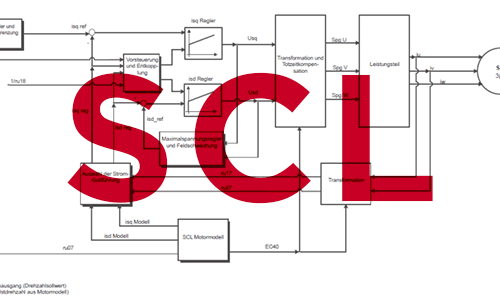
A better option is a “sensorless closed loop.” It provides the excellent speed and torque response benefits of closed-loop for optimal performance, but without needing an encoder for optimal reliability. In addition, sensorless control uses the measured current and voltage as feedback in a control model, including the motor’s characteristics. This allows the inverter to operate the motor more efficiently according to its design and loading conditions. This, in turn, can reduce overall power consumption and demand peaks to conserve battery power.
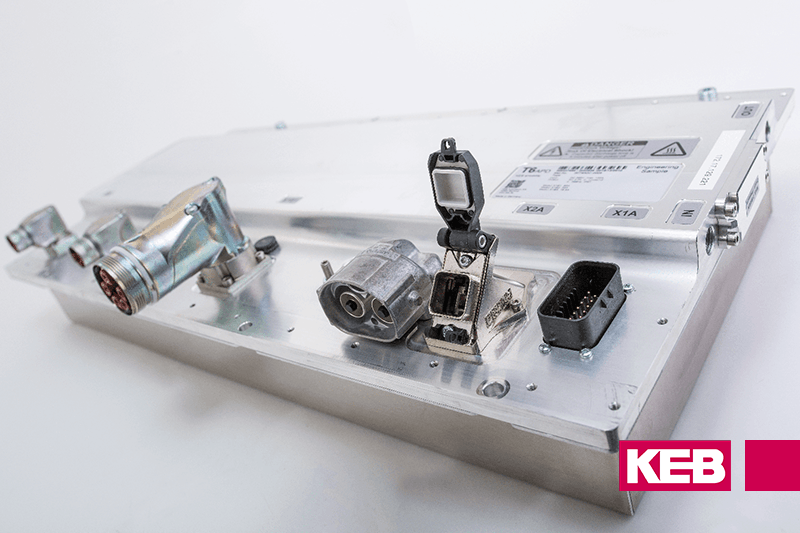
The KEB T6 Auxiliary Inverter
A product that ties in all of these features is the KEB T6 Auxiliary Inverter. The T6 Auxiliary Inverter can be scaled from 1 – 6 inverters with modular power options of 7.5 kW, 15 kW, or 30 kW for each output in an IP67 / IP6k9k housing with liquid cooling and a single high voltage DC connection.
The T6 system is made with automotive-qualified components to meet automotive EMC and environmental temperature, shock, and vibration standards to withstand the rigor of commercial off-road vehicles. Also incorporated is an embedded controller for advanced application handling and to support a J1939 communications gateway. The T6 supports sensorless motor control for AC induction, permanent magnet, and switched reluctance motors. It also features an automated motor learn function to easily “characterize” the motor using the COMBIVIS Studio programming software and wizards for quick startup.
Conclusion
Overall, the T6 system offers a high degree of flexibility in a consolidated all-in-one system that can easily be adapted to various underground mining vehicle platforms and applications.
Let's Work Together
Connect with us today to learn more about our industrial automation solutions—and how to commission them for your application.
